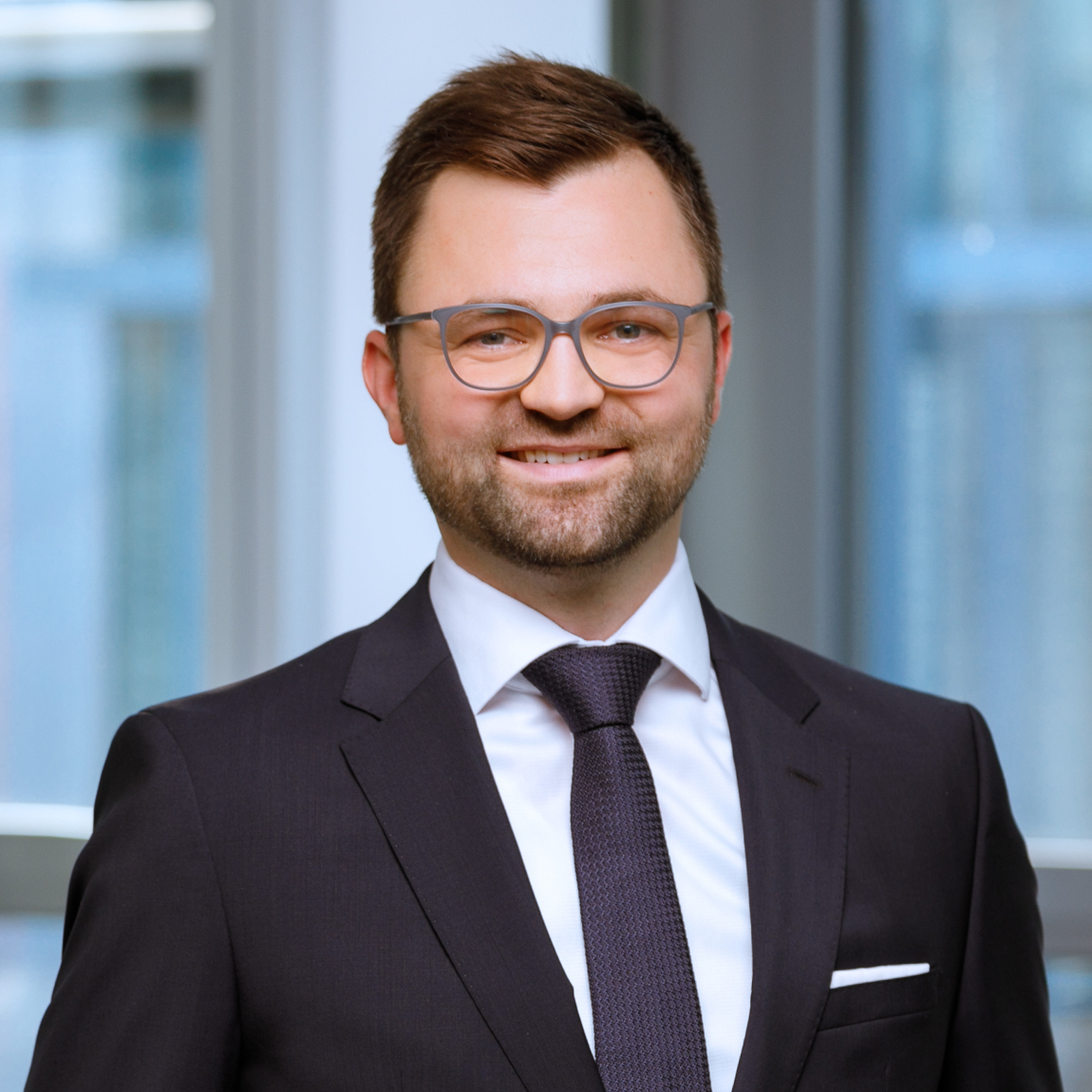Berkeley Haas MFE students worked on an industrial project with HQ Asset Management. Linda Kreitzman and Benjamin Moritz talk about four exciting projects - and the results of the collaboration between the Berkeley Haas MFE students and HQAM.
Linda, the Berkeley Haas MFE students worked on an industry project with HQ Asset Management over the past few months. How did that cooperation start?
Linda Kreitzman: The MFE program has long established strong relationships with all types of financial firms across the world and, through the independent study project elective, students have the opportunity to work on a real life innovative industry project on an area of research in which there may not be existing courses. Now, with HQ Asset Management, after Benjamin presented the investment process and philosophy of HQ Asset Management at the “AI and Data Science in Trading 2019 Conference” in London, one of the students from the MFE program approached Benjamin as that was exactly what the MFE Students are looking for in their industry projects. HQAM uses state-of-the art technology and methods from artificial intelligence in the investment process. Benjamin was introduced to me and a few days later our cooperation started!
Benjamin Moritz: To create the best investment products for our clients we constantly seek to utilize the newest innovations from data science, computer science and statistics. Therefore, it was a great opportunity for us to work with students from the world-class Berkeley Master of Financial Engineering Program.
What was the aim of the industry project?
Linda: An essential part of the program is that the students gain practical insight into the financial world through working directly with industry professionals. HQ Asset Management has programmed their own investment process platform where they incorporate ideas from modern data science, like AutoML or interpretable machine learning / explainable artificial intelligence. Quite relevant for my students of course. I sent the topics to the new class of 2021 and several students rushed to “apply” to these industry projects, working as a team and directly with Benjamin and his team. This is a unique aspect of our program.
Benjamin: We constantly try different machine learning algorithms and also look at textual data to get more insights. We have plenty of ideas on our research agenda where we looked at some of them in these industry projects.
There were four projects in total. What exactly were the topics?
Linda: The first project had the goal to investigate the state of the economy via textual analysis of business news.
That sounds very exciting…
Benjamin: Yes, the use of text as data is indeed one of the most promising fields of alternative data today. In a direct application, students used attention to news to examine the impact of news on the returns and volatility of the S&P 500.
Linda: In the second project the students used technical and macroeconomic variables, the Lasso and Random Forest algorithm and tried various hyperparameters. Each month a subset of all candidate algorithms is selected and used to forecast the next-month direction of the S&P 500.
Benjamin: The students forecasted the monthly S&P 500 returns with a dynamic model switching approach and with ideas from the AutoML literature. AutoML is about automating the entire machine learning and data analysis pipeline.
Have you worked with the S&P500 index in all projects?
Linda: No, in the third project the students used the long-short-term memory method, a specific neural network, to forecast US single stock returns with technical and fundamental company data.
Benjamin: Deep neural networks (aka Deep Learning) are very popular and successful methods. Because the construction of a neural network has so many options a thorough analysis of all these options is important.
And the fourth topic?
Benjamin: The students compared linear regression and tree-based methods for forecasting US single stock returns with technical and fundamental company data. While Incorporating ideas from AutoML, they also used methods from the interpretable machine learning literature to get more insights into the results.
Linda: Interpretable machine learning (IML) and explainable artificial intelligence (XAI) are exciting areas in our industry at the moment. These concepts are needed to get more insight into these more complex machine learning models.
What were the results?
Linda: The students showed that alternative data and artificial intelligence lead to better insights on how financial markets behave and that they can improve the forecasting accuracy. An important point to note in all four projects is the increasing complexity in these fields. Nowadays it is very easy to get open source software to perform any kind of analysis. That could lead to overconfidence in the researchers’ minds because you get results very quickly. The key is to get not only good but also robust and comprehensive results.
What are the students saying about their experience with HQAM?
Linda: They were elated to work on this project with a team of other students via zoom of course, because of Covid. For instance, William Lambert, MFE 2021 who came to the MFE program with a bachelors’ degree in applied mathematics from Paris-Dauphine, a masters in statistics and financial mathematics from the prestigious ENSAE, and experience from BNP Paribas as a data scientist where he led research on NLP (he is currently interning as a Machine Learning Engineer at Auditoria.AI (he will complete his degree in March 2021) worked with Benjamin directly and another MFE student on estimating topic models from the content of more 200,000 business news articles. Here is what William emailed me after completing his project:
"Thank you so much for allowing me to do this project. An important part of the project was to estimate news attention allocated to each topic at each point in time. We showed, for example, that sudden bumps in news attention convey substantial information on the state of the economy. Again, I am truly thankful for this opportunity, and I hope our work will serve as input to subsequent analysis at HQ Asset Management."
Benjamin, will you put some of this into practice?
Benjamin: The topics of the projects are part of our broader research agenda and have helped us to gain insights on some specific questions in the fields of asset allocation and stock selection. Let me give you some insights on how we work: The investment process is a pipeline of many different tasks from topics like feature engineering to model estimation and model evaluation. We separate the work into smaller steps like in an industrial assembly line production. With this kind of university project, we look at specific problems in specific tasks to constantly improve the whole investment process. Because the speed of innovation is quite fast at the moment, we are permanently looking at the latest innovations and how they can help us to improve the investment products for our clients. Steady innovation is the key for success.
About the interviewed persons
Linda Kreitzman works as Assistant Dean and Executive Director of the UC Berkeley Haas Master of Financial Engineering (MFE) Program. Dr. Benjamin Moritz is Executive Partner at HQ Asset Management. Foto: @David Schmitz.
About HQAM
HQ Asset Management (HQAM) is one of the financial service providers of the Harald Quandt group. The financial service providers have stood for independence, competence and sustainability for decades. We are committed to this tradition. The HQ Group employs more than 200 people and manages and advises assets of more than US $ 20 billion. The clients of HQAM include banks, insurance companies, pension funds, corporates, family offices and foundations.
This might also be of interest to you:
- „Quant @ HQAM: fundamental, structured and disciplined“ written by Dr. Lars Edler, Managing Director and Chief Investment Officer, HQ Asset Management










